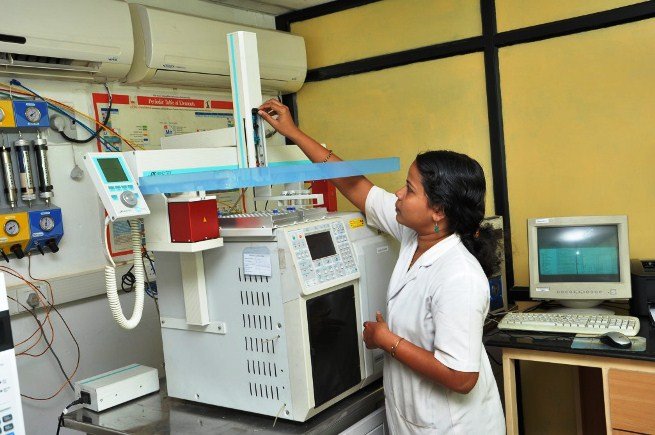Inside BENEO’s new pulse plant: pioneering sustainable protein from faba beans
Envirocare Labs, a pioneer in food, water and environmental monitoring and analysis for almost 4 decades, with state-of-the-art chemical and microbiological lab facilities, has recently commissioned in its lab in Thane, Maharashtra.
Dr. Anil Kakodkar, former Chairman, Atomic Energy Commission, and Prof A D Sawant, former Pro Vice Chancellor, Mumbai University, inaugurated the new equipment. Inductively Coupled Plasma Mass Spectrometer (ICP MS), Gas Chromatography Mass Spectrometer Head Space Purge & Trap (GCMS-HSPT) and also added a new Molecular Biology Lab facility.
“With increasing consumer awareness and growing stringency in quality and safety regulations, it has necessitated Quality Testing Labs to adopt the new developments in the field of analytical sciences. The world of analysis plays a crucial role in sealing the fate of these products, after all it is the quality that makes or breaks a brand,” said Dr Nilesh Amritkar, MD, Envirocare Labs.
Dr Kakodkar expressed pleasure over the quality role played by Envirocare Labs and mentioned that such labs are a prestige of the nation. He said, “High end technologies used today by such laboratories ensure that our Indian products make it to foreign markets and meet the stringent norms across the world”.
Prof Sawant too complemented the scientist and staff of Envirocare Labs for their contribution to analytical testing domain. He also spoke on various opportunities that analytical labs can explore in the field of traditional medicines and food nutritional products.
Gas chromatography is a routinely used technique to determine the concentrations of organic compounds which are volatile or semi volatile in nature. Various detectors such as FID, TCD, ECD are commonly used with a liquid auto injector for sample introduction. The real task is in determining low concentrations of organics in food and food packaging material and the new regulations on trihalomethanes and other VOC’s in water have been a quality challenge to testing labs. GCMS with Headspace Purge & Trap is one dynamic technique which can increase the sensitivity 1000 times. This system will also be used to determine flavours and flavour compounds which can help understand ripening of fruits and aid in food authentication studies.
AAS and ICP-OES are conventionally used instruments to determine concentrations of heavy metals and other inorganic elements in various food and pharma products. However, new food safety and pharmacopeial regulations have challenged quality testing labs by lowering the allowable limits to sub ppb and even ppt levels.
Now this can be achieved only with the use of high end mass spectrometer as a detector to inductively coupled plasma. This technology can undertake detection across the periodic table, at the same time, at ppb and sub ppb or ppt levels and also help to distinguish elements with varying valancies. ICPMS facilitates analytical laboratories like Envirocare to carry out trace level analysis of metals in air, food, water and pharmaceutical products. Heavy metal contaminants on environmental matrices such as soil and sludge wastes and leaching from packaging material can now be addressed with greater accuracy.
Conventional techniques to determine adulteration and contaminations based on chemical or microbiological methods are cumbersome, time consuming and often marred with low sensitivity. Methods in Molecular biology are based on the presence of DNA sequences which are far more sensitive, selective, and specific to the test parameter under consideration. The new addition of PCR and RT PCR will now help Envirocare Labs to undertake GMO testing, meat speciation, rapid pathogen detections, viruses and allergens too. This MolBio lab will also have proteomics based testing such as ELISA and Immunosorbent assays for determining mycotoxins, pathogens and allergens.

